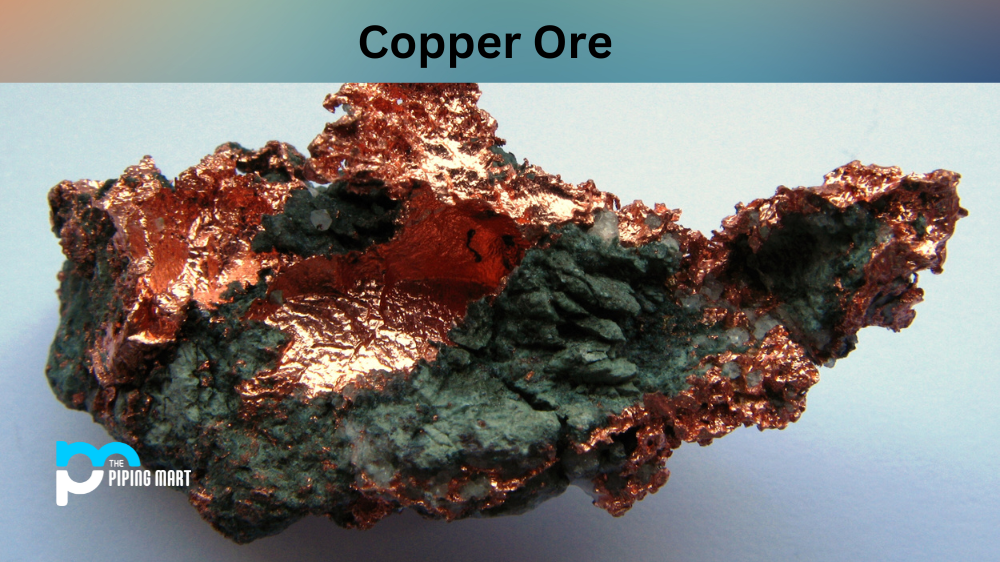Metals are used in various applications, from manufacturing construction materials to aerospace parts. Several testing methods are employed to ensure that the metals used in these applications are high quality and meet the set standards. Two common methods are ASTM A370 and E8. These methods ensure that the manufacturers design, test, and provide products that meet quality standards. In this blog post, we discuss the differences between ASTM A370 and E8 and how these methods are used to test metallic materials.
What is ASTM A370?
ASTM A370 is a standard that covers the mechanical and chemical requirements for carbon and low-alloy steels used in construction and general engineering applications. The standard is divided into grades A and B, with grade A being higher.
What is E8?
E8 is a European standard that covers the mechanical and chemical requirements for steel used in construction and general engineering applications. The standard is divided into grades A and B, with grade A being higher.
Difference Between ASTM A370 and E8
Yield Strength
One of the main differences between ASTM A370 and E8 is the minimum yield strength requirement. For ASTM A370, the minimum yield strength for grade A steels is 36 ksi, while for E8, the minimum yield strength for grade A steels is 32 ksi. This means that ASTM A370 steels are stronger than E8 steels.
Tensile Strength
Another difference between ASTM A370 and E8 is the minimum tensile strength requirement. For ASTM A370, the minimum tensile strength for grade A steels is 58 ksi, while for E8, the minimum tensile strength for grade A steels is 52 ksi. This means that ASTM A370 steels are stronger than E8 steels.
Chemical Requirements
The final difference between ASTM A370 and E8 is the chemical requirements. For both standards, the carbon content must be less than 0.25%. However, for ASTM A370, the manganese content must be between 0.60% and 1.65%, while for E8, there are no requirements for manganese content.
Conclusion
In conclusion, while ASTM A370 and E8 test the mechanical properties of metallic materials, they are distinct in the types of metallic materials they test, their testing procedure, and the temperature ranges they can be performed. Understanding these differences is essential in choosing the appropriate test method that meets industry standards and provides accurate and reliable test results. Therefore, when conducting mechanical testing of metallic materials, it is crucial to consider the required properties and choose the correct testing method, ASTM A370 or E8.

Meet Bhavesh, a seasoned blogger with a wealth of knowledge and experience. From metal products manufacturing to retail, Bhavesh has a diverse background in various industries and is dedicated to sharing his insights and expertise with readers.




